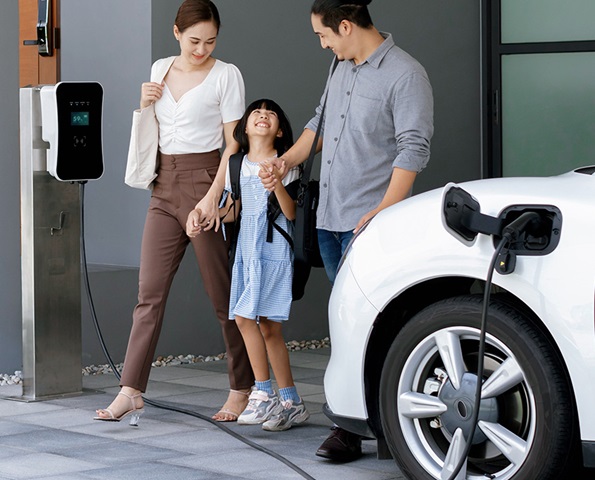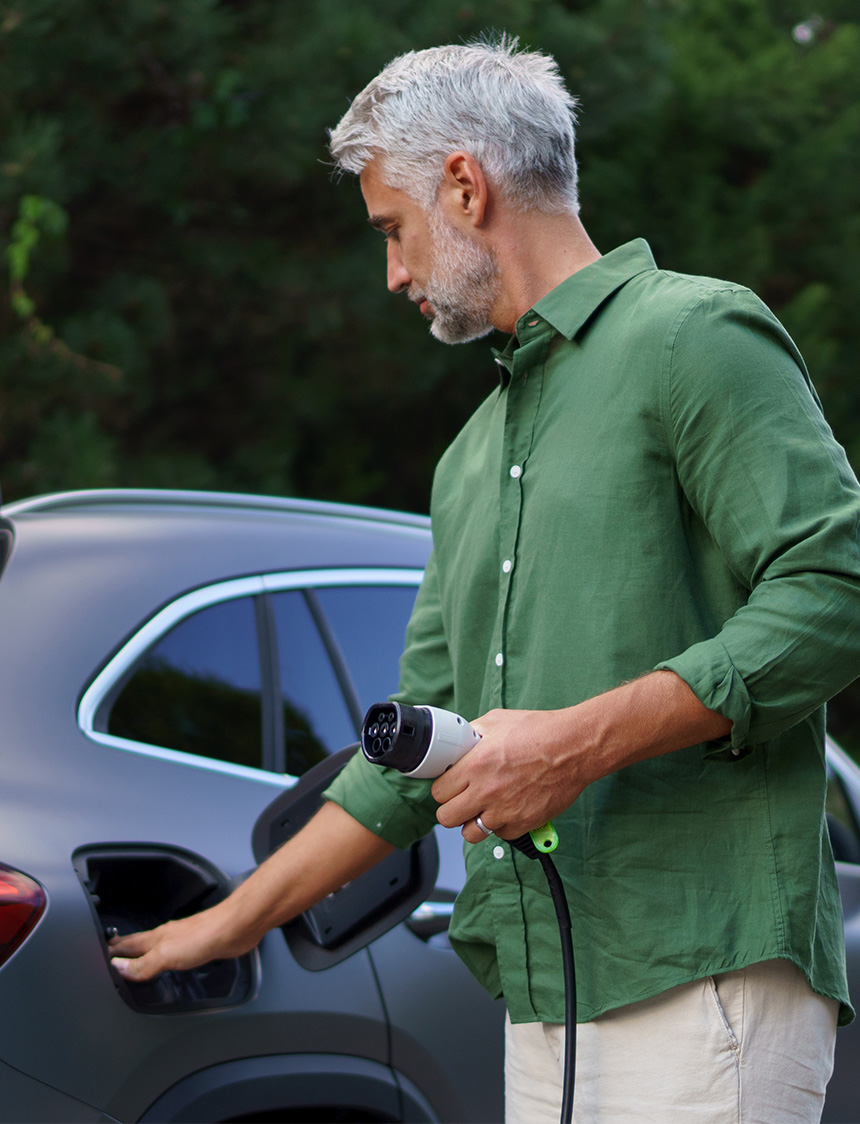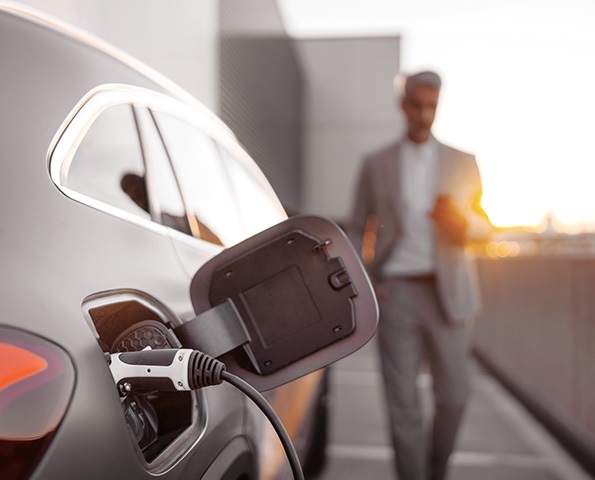Your guide to understanding electric vehicles
Whether you're managing a fleet, driving for business or taking advantage of our salary sacrifice scheme, electric vehicles (EVs) are changing the way we move. Understanding how electric car leasing fits into your life or business is key. This guide will help you explore almost everything you need to know about EV fleet management and leasing so you can make the shift to electric with confidence.
General terms and definitions
Understand the key terms and technology behind zero-emission vehicles.
Zero Emission Vehicle - ZEVs include BEVs, FCEVs and some PEVs.
Plug-In Hybrid Electric Vehicle - PHEVs use batteries to power an electric motor, plug into the electric grid to charge, and use petrol or other source of fuel to power an ICE or other propulsion source.
Worldwide Harmonised Light Vehicles Test Procedure - The new standard for testing the levels of fuel consumption, CO2 emissions and other pollutants of vehicles. WLTP has replaced older test standards for light duty vehicles in most European countries. WLTP is designed to provide more ‘real life’ consumption and emission figures.
Measurement of electricity used in an hour. Manufacturers use kWh to refer to the size of the battery. Generally the higher the number, the more hours the battery will last, allowing for a greater driving range.
A charger that outputs alternating current (AC), which is converted to direct current (DC) within the vehicle via the onboard invertor.
An EVSE that outputs direct current that flows directly into the battery. This is faster than AC charging because it bypasses the onboard invertor.
Charging cable features
Charging cables have connectors you plug into the vehicle and/or the charge point. The type of charging connector depends on the vehicle and the power rating of the charge point.

Key benefits of Zero Emission Vehicles
-battery-being-charged.tmb-featcard.jpg?Culture=en)
Frequently asked questions
Yes, they can be. ZEVs need to be recharged and must draw that electricity from somewhere. If that electricity supply comes from a coal-burning power plant, the ZEV is still part of a pollution cycle even though it doesn’t emit CO2 from its tailpipe. However, ZEVs can also get electricity from renewable or green energy resources such as hydro-electric or solar power facilities, including home roof top solar.
Pure ZEVs operate on electric power only. Plug-in hybrid ZEVs can operate on electric power for about 15-30 miles and can then extend their range by converting to a conventional ICE with the ability to quickly refuel at a traditional petrol station. Plug-in hybrids benefit drivers who travel mostly short distances, while also providing peace of mind with the unlimited range potential of a traditional ICE vehicle. You can access both with our electric car leasing solutions.
It depends on the model of the car, but on average, ZEVs can travel between 110 and 250 miles on a single charge. Most people drive less than 30 miles per day which is well within the range of most ZEVs.
ZEVs are as reliable as ICE vehicles. ZEVs have fewer moving parts and in theory fewer points of failure than ICE vehicles. Our EV fleet management solutions also include maintenance support for the unlikely event that something does go wrong.
Manufacturers recommend one routine service or vehicle check per year.
Yes! Our double award-winning eStart ZEV transition plan has been designed to make EV fleet management easy and to guide you through the transition to electric. The end goal? A smooth journey to sustainable mobility for your business!


.png)


.png)
.png)
.png)

